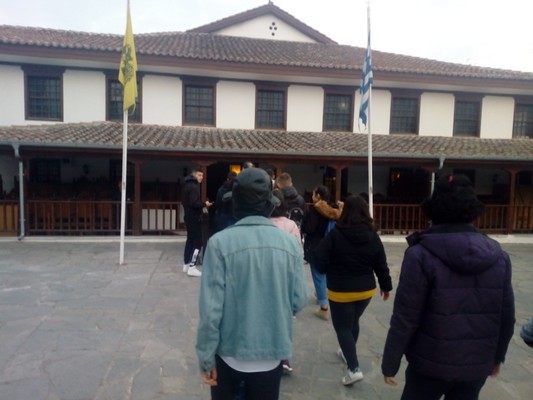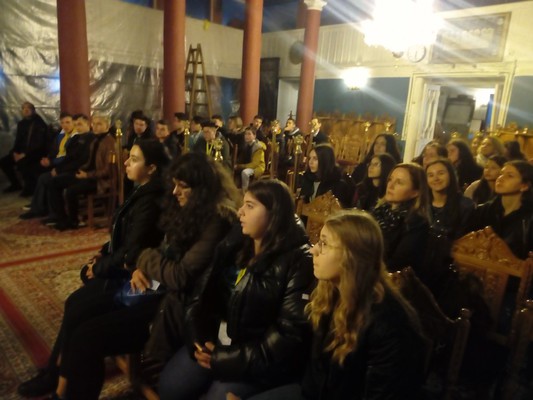The hosting of students
According to the feedback given by international students taking part in the Erasmus+ mobility program, the meeting was an overall success, and met everyone’s expectations. In the post-meeting evaluation forms, the majority of students mentioned the fact that they were given the opportunity to get an insight into the Greek culture and traditions, as well as try the local cuisine. Some of them commented on the fact that ‘they felt like home’ and were more inclined to overcome initial shyness and enhance their social skills. This in turn facilitated the establishment of new friendships and harmonious cooperation conditions among participating students. Besides what students acquired in terms of personal growth and cultural enhancement, there is one more positive outcome which should be pointed out; the interactive activities which students were involved in, as well as the use of the English language-which was the ‘lingua franca’ for all the participants-, enabled students to improve their proficiency in English.
Afternoon Visits
Students and teachers visited and had a guided tour
- in the Archaeological Museum of Komotini. All exhibits reveal the importance of the presence of the Greeks in the northern Aegean and the creative course of Greek art and Greek civilization in a remote, in antiquity, the area of the north. The most impressive exhibit, arguably, is the golden bust of Septimius Severus (193-211 AD), which kept fixed to the pole imaginiferi the Roman army. The main museum exhibition includes objects from prehistoric sites (Neolithic and Iron Age), from Greek colonies, holy, Roman settlements and cemeteries.
The activity is rendered neutral for the students and success for the teachers, as the average evaluation scores on the part of both teachers and students produced an aggregate result of:
good 16,7% (35,3%) and excellent 83,3% (47,1%) correspondingly.
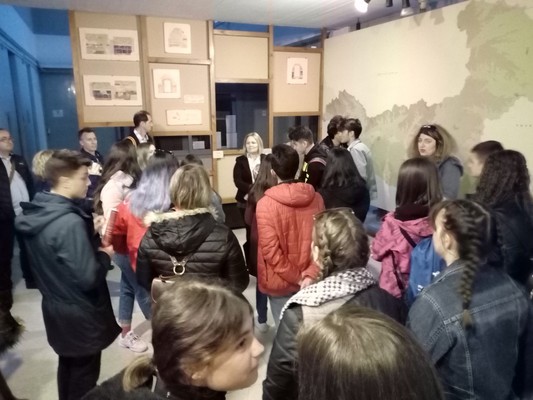
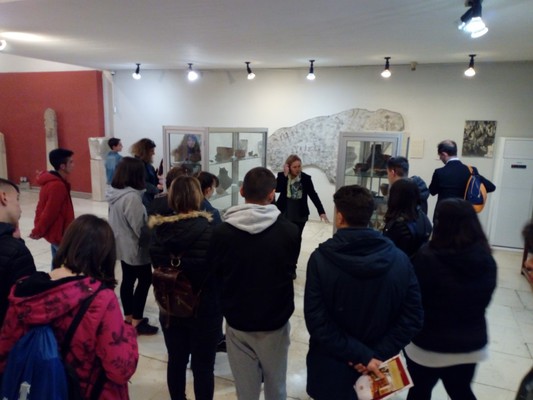
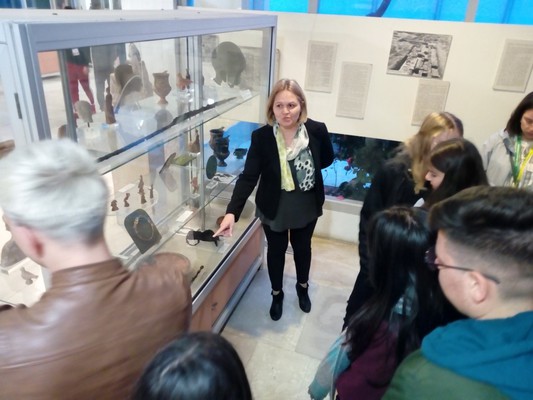

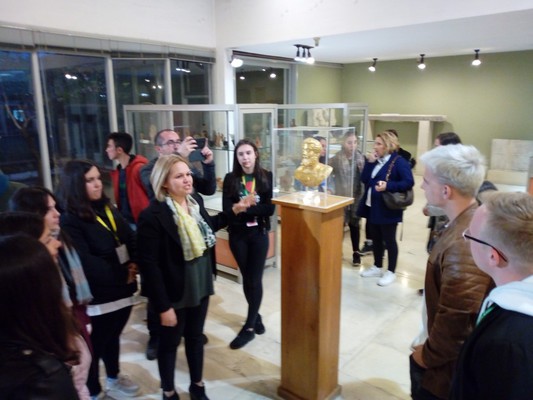
- in the Folklore Museum of Komotini. Through its exhibits appears the live and beauty of Thracian art of cities and countryside. The rich collection of objects spread out over two floors, the basement and the shed yard. Traditional costumes, embroidery, carvings, copper, wood, clay and silver, agricultural tools, implements traditional professions of art, household items collected very carefully, give embossed image of traditional Greek Thrace. Many of these, however, come from Eastern and Northern Thrace and of the memorable parts of Asia Minor. Special place have the personal relics of Archbishop of Athens Chrysanthos from Trabzon (born in Komotini), large icon of the 18th century depicting Christ, Panagia, St. Anne and the Prophets and silver reliquary of excellent art.
The activity is rendered neutral for the students and success for the teachers, as the average evaluation scores on the part of both teachers and students produced an aggregate result of:
good 33,3% (41,2%) and excellent 66,7% (35,3%) correspondingly.

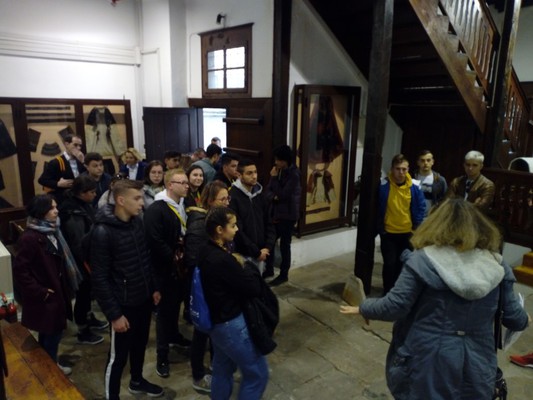
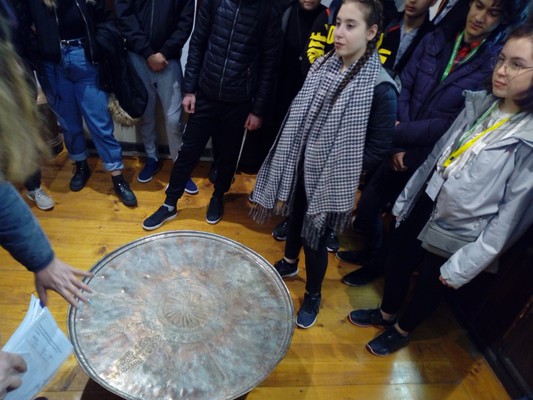
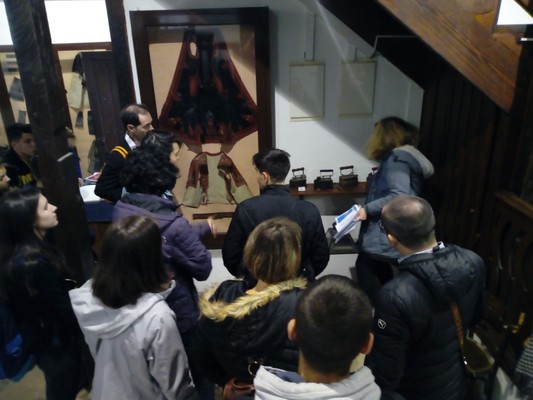

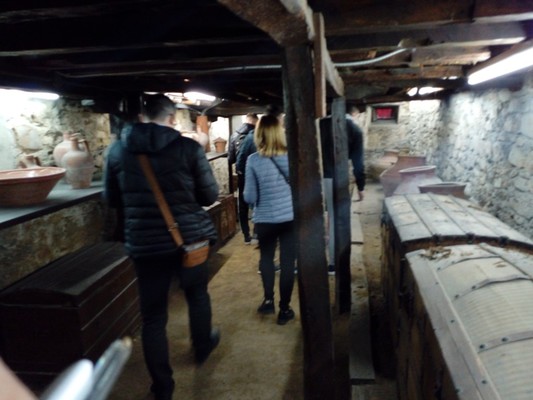
- in the Orthodox Church dedicated to the Assumption of Virgin Mary (build in 1582) and had a conversation with the vicar.
The activity is rendered neutral for the students and success for the teachers, as the average evaluation scores on the part of both teachers and students produced an aggregate result of:
good 33,3% (41,2%) and excellent 66,7% (35,3%) correspondingly.
